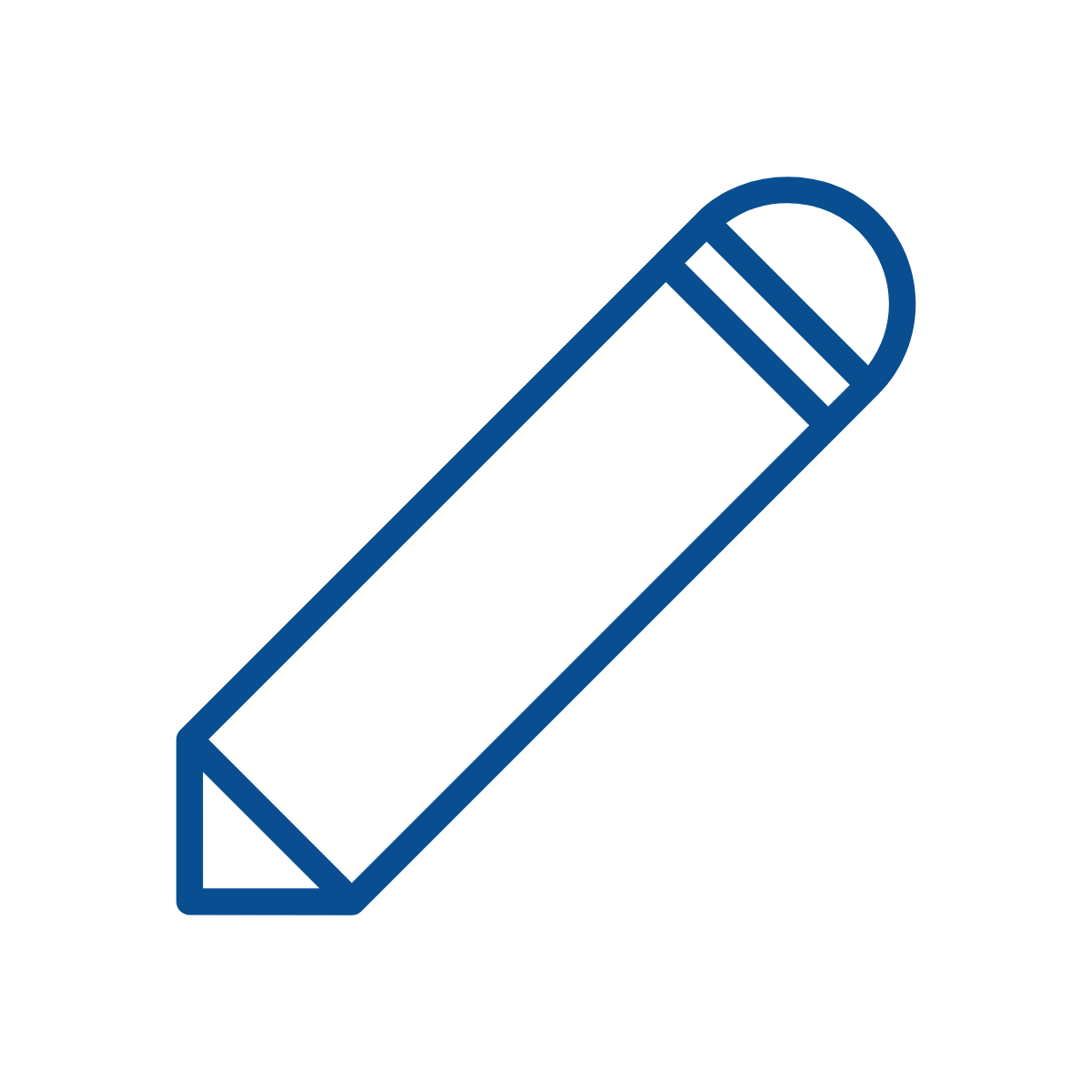-
Partager cette page
Simulation and design tools
Titulaire(s) du cours
Frédéric DEBASTE (Coordonnateur) et Tom VAN ASSCHECrédits ECTS
4
Langue(s) d'enseignement
anglais
Contenu du cours
-Optimisation methods used in the chemical industry (linear programming)
-Use of Comsol software and mathematical techniques for CFD calculations.
-Solving practical problems with Aspen (VUB) and Comsol (ULB).
Objectifs (et/ou acquis d'apprentissages spécifiques)
A first part is related to knowledge of chemical process simulators, especially ‘Aspen +’.
A second part covers the techniques of Computational Fluid Dynamics (CFD), use of Comsol.
Besides this, a practical knowledge of optimisation methods and convergence acceleration has to be obtained.
The following competences are aimed for:
The student should be able to apply knowledge obtained during courses of unit operations, heat and fluid sciences, reaction engineering on a practical industrial production process.
Use of ‘Aspen+’ for the modelling of an existing production process (at VUB).
Use of Fluent for the detailed calculation of convection in reactors (at ULB)
Students should be able to communicate in English (written and oral) and to work in a team.
Méthodes d'enseignement et activités d'apprentissages
The course is centered on the guided use of different numerical methods and sofwares (Aspen+ and COMSOL) that are used all along the course.
Références, bibliographie et lectures recommandées
Practical course material (Recommended) : Decomposition of nets, chemical engineering, 1972
Handbook (Recommended) : Optimization of chemical processes, Edgar, Himmelblau and Lasdon, 2de, Mc. Graw Hill, 9780070393592, 2001
Handbook (Recommended) : Product and Process Design Principles, Synthesis, Analysis and Design, Seider, Seader and Lewin, 4de, J. Wiley, 9781119588009, 2019
Handbook (Recommended) : Mathematical methods in chemical engineering, N. R. Amundson, Prentice Hall, 9780135610923, 1973
Support(s) de cours
- Université virtuelle
Contribution au profil d'enseignement
This course contributes to reaching the following learning objectives.
The Master of Sciences in Chemical and Materials Engineering has in-depth knowledge and understanding of
MA_2 integrated structural design methods in the framework of a global design strategy
MA_3 the advanced methods and theories to schematize and model complex problems or processes
MA_17 an integrated insight in chemical process and materials' technology
The Master of Sciences in Chemical and Materials Engineering can
MA_4 reformulate complex engineering problems in order to solve them (simplifying assumptions, reducing complexity)
MA_8 collaborate in a (multidisciplinary) team
MA_9 work in an industrial environment with attention to safety, quality assurance, communication and reporting
The Master of Sciences in Chemical and Materials Engineering has
MA_12 a creative, problem-solving, result-driven and evidence-based attitude, aiming at innovation and applicability in industry and society
MA_15 the flexibility and adaptability to work in an international and/or intercultural context
Autres renseignements
Contacts
Frédéric Debaste (frederic.debaste@ulb.be)
Tom Van Assche (Tom.Van.Assche@vub.be)
Campus
Hors campus ULB
Evaluation
Méthode(s) d'évaluation
- Travail personnel
- Rapport écrit
Travail personnel
Rapport écrit
Construction de la note (en ce compris, la pondération des notes partielles)
3 elements are evaluated :
- a test on last exercise session about optimisation (20% of the mark)
- written reports on the Aspen + part (40% of the mark)
- written reports on the COMSOL part (40% of the mark)
Langue(s) d'évaluation
- anglais
